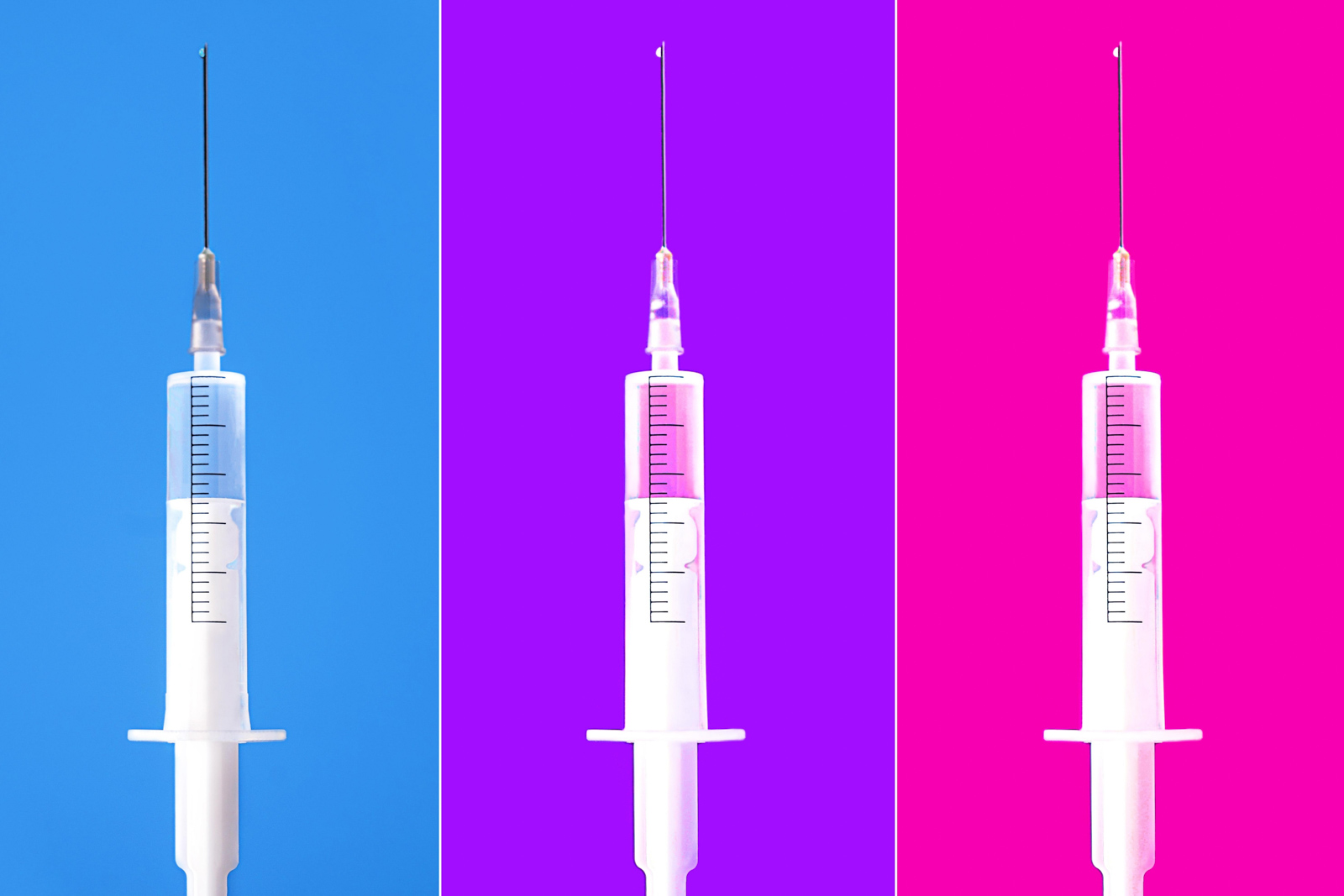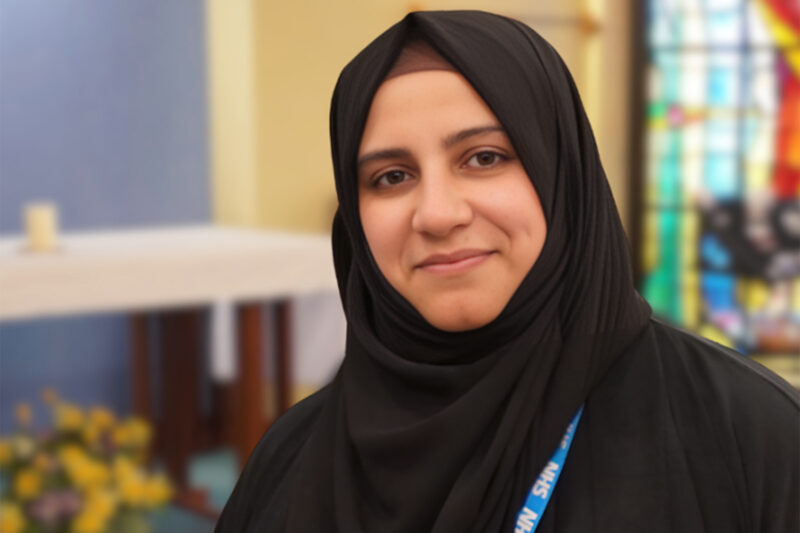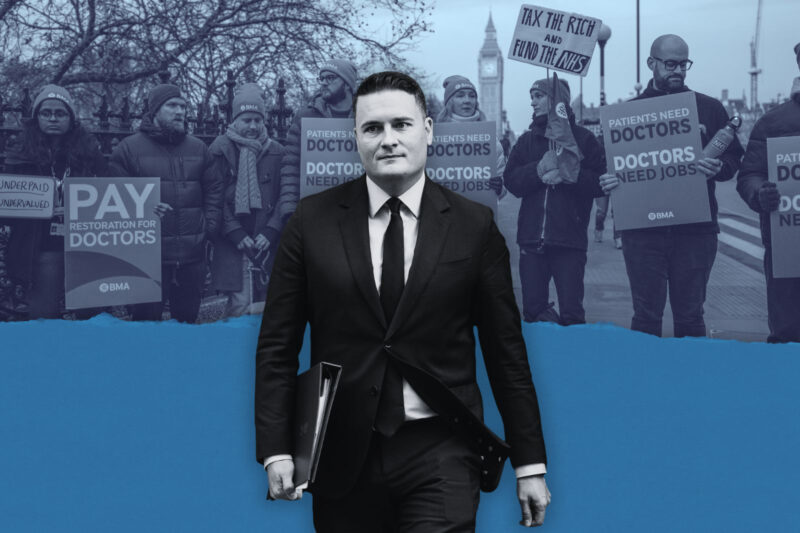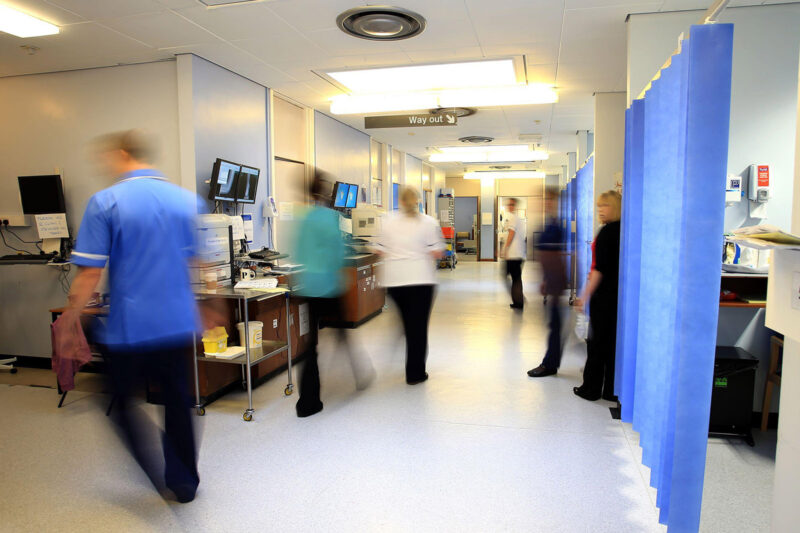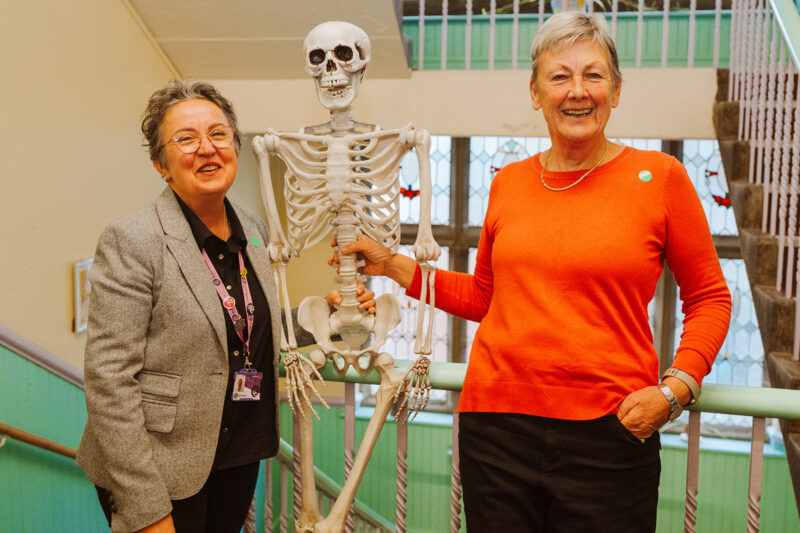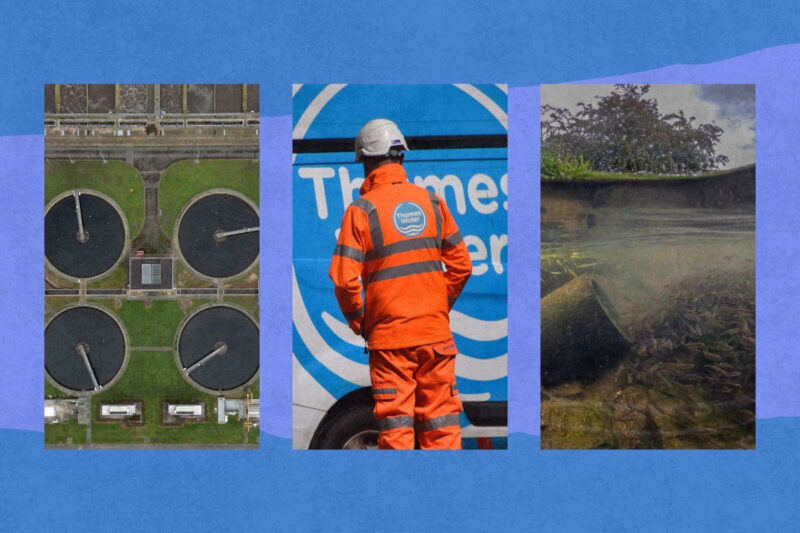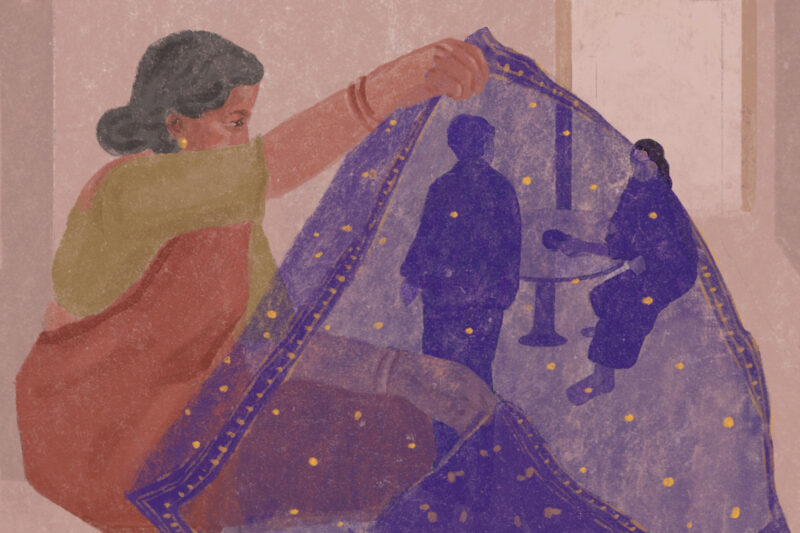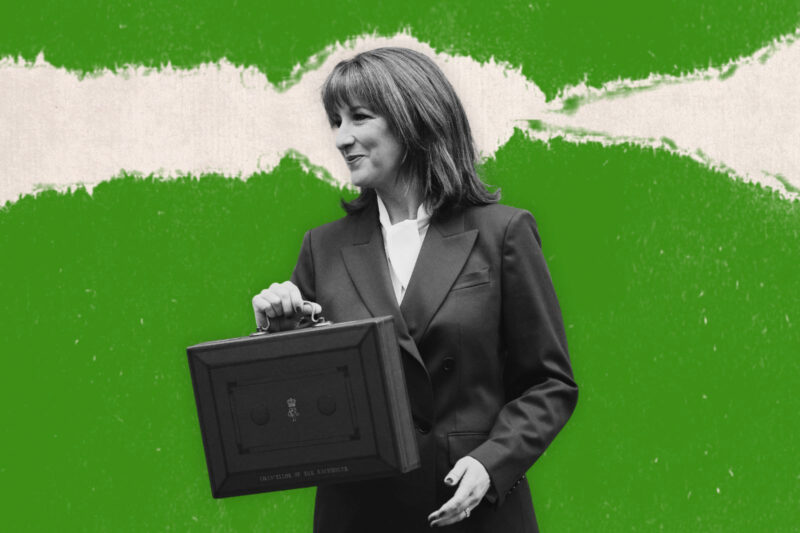I’m a GP who reversed falling vaccination rates in my local area. Here’s how
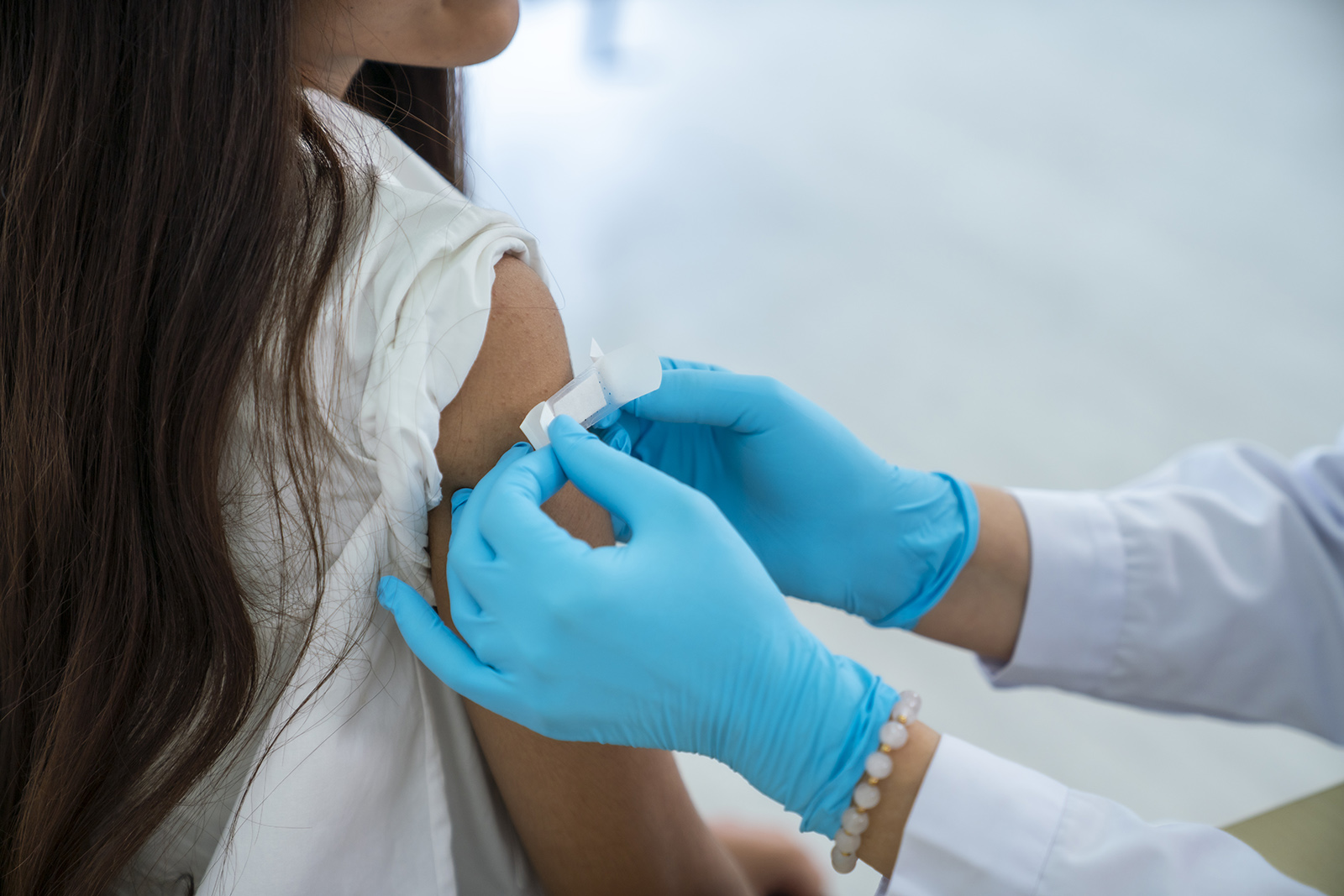
Dr Zoyah Hussain, who leads on immunisations in her area of West Yorkshire, dispels myths and explains how her work is helping buck the national trend
As a GP in Keighley, West Yorkshire, I am often perplexed by parents choosing not to give their children the immunisations recommended by the NHS.
Sadly, the Bradford district has one of the worst uptakes of childhood immunisations in the country — and levels are falling, just as they are nationwide.
Measles was classified as eradicated in the UK in 2017, but recently there have been outbreaks in Leeds and London. The number of cases is rising, with more than 700 this year, and sadly a child in Liverpool died from the disease in July.
Annual data for 2023-24 shows it most commonly affects one to four-year-olds — typically the age where the schedule provides immunisations.
Measles is highly contagious: nine out of ten unvaccinated children exposed to the disease will catch it. The illness can be mild, with flu or cold-like symptoms, but others will become extremely unwell. If you are vaccinated then you may still catch the disease, but symptoms will be milder.
Often, a reason given not to have children vaccinated is: “Others are vaccinated, so it’s OK if my child isn’t.”
But for most childhood illnesses, herd immunity — where there are sufficient numbers of children vaccinated to protect those who can’t — requires 95% of people to be vaccinated. In the UK, no vaccines have met this target since 2020-21.
Since the outbreak of Covid-19 in early 2020, misconceptions about vaccinations and their importance seem to have grown. Scaremongering tactics and misinformation from non-medics on social media mean that often it can be hard to tell fact from fiction.
A vaccine is a weakened or dead form of a bacteria or virus. Once injected, it triggers the body to produce an immune response. If someone who has had a full course of vaccinations against a disease is exposed to the real thing, their body can mount an immune response much faster to fight it.
Often, a lack of understanding about how vaccinations work and their importance is the root cause of parents choosing not to give their children immunisations. Once parents are informed, they often choose to go ahead.
Sure enough, in Keighley, an area with low socioeconomic levels and an ethnically diverse population, we have bucked the national trend and hit our highest rate of immunisations in 20 years.
I am the child immunisation lead for the Modality AWC (Airedale, Wharfedale and Craven) GP network, and I run the Modality Children’s Clinic, where we offer both drop-in and pre-booked child immunisation appointments.
We put the clinic in accessible locations such as shopping centres with small areas of toys, beanbags and pictures to help make it more welcoming for young children.

The layout is open, with bays and cubicles rather than the doors and small rooms you would find at a standard GP practice. This means the events are more accessible for children with special educational needs and additional needs, without the pressure of a time-limited appointment.
We run the clinics alongside groups from the voluntary care sector such as Maternity Circles and, through nurse coordinators, we can also target children who are pending or overdue immunisations by helping to arrange appointments and drop-ins.
For the patients registered with our local GP network, uptake for the first measles, mumps and rubella (MMR) dose among eligible children has increased from 54% to 87% in less than two years.
And the uptake rate for the first set of immunisations — those that a child should receive before the age of one — has increased from 62% to 92%, almost hitting the government and WHO target of 95% to provide herd immunity against diseases such as measles, mumps, rubella, diphtheria, typhoid and meningitis.
The key to success is education, accessibility and visibility. Through this work, I hope we can reduce the health inequalities facing the next generation of all children.
 Newsletter
Newsletter


